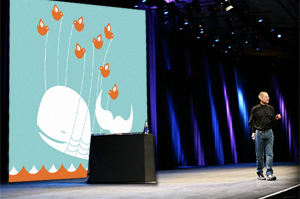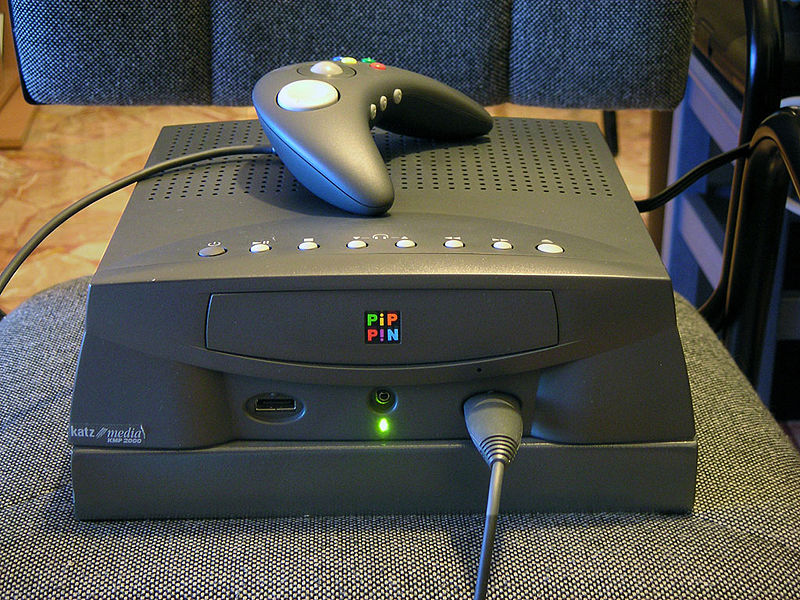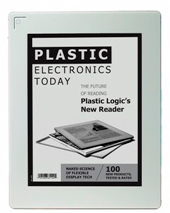In a win for big media companies, Mininova, a popular torrent search Web site, today deployed a content recognition system that removes any file linking to allegedly copyrighted content, and will permanently ban those files from being re-uploaded.
Torrents are a terrific way to distribute large files, but let’s face it: the technology has been used largely for piracy, despite its many merits. People don’t go to sites like Mininova to download Linux faster.
While sites that aggregate torrents are not hosting illegally gotten content themselves, certain ones know full well that they are facilitating it. They are just hiding behind the BitTorrent architecture.
There are various esoteric arguments made in defense of torrent search Web sites such as “a crime can be committed with product X, but the people that sell it are not responsible for the action Y.” I don’t buy that. There is a correlation between content piracy and torrent search sites, and everyone knows it. Pirate Bay is the perfect example.
Pirate Bay has infamously flaunted the fact that people could go to its site to locate copyrighted content, but argued that it was not engaging in any illegal acts due to the decentralized nature of torrent file distribution and the relative permissiveness of Sweden’s national copyright laws. The courts ruled otherwise.
The letters Pirate Bay has published from a gaggle of angry attorneys are oftentimes hilarious and amusing in a punk rock “stick it to the man” sort of way, but are also wildly adolescent. Web sites that profit from posting torrents files should perform due diligence to ensure that copyrights are not being violated as a consequence–period.
Mininova is cooperating with an unnamed association that represents copyright owners. It is doing the responsible thing, even if it was induced into taking action by the threat of lawsuits. The Web can’t be the wild wild west forever, and a business should not exist simply to enable illegal acts.

 Okay, so the chances of Apple buying Twitter seem nearly as remote as the odds that Twitter will buy Apple. It’s still fun to think about what might transpire if it did:
Okay, so the chances of Apple buying Twitter seem nearly as remote as the odds that Twitter will buy Apple. It’s still fun to think about what might transpire if it did: When rumors of an
When rumors of an  Here’s what I’m reading today:
Here’s what I’m reading today: Amazon has unveiled its new, larger Kindle, and it’s pretty much what you’d guess it would be–a device that looks a lot like
Amazon has unveiled its new, larger Kindle, and it’s pretty much what you’d guess it would be–a device that looks a lot like  The Kindle DX would seem to be a great big Amazonian shot across the bow of
The Kindle DX would seem to be a great big Amazonian shot across the bow of  When Apple’s FileMaker division told me that it had iPhone-related news, my first guess was that it was announcing a version of its flagship cross-platform database application for its parent company’s phone. Not quite. It released a database for the iPhone yesterday, but that database is
When Apple’s FileMaker division told me that it had iPhone-related news, my first guess was that it was announcing a version of its flagship cross-platform database application for its parent company’s phone. Not quite. It released a database for the iPhone yesterday, but that database is  It’s no secret that
It’s no secret that